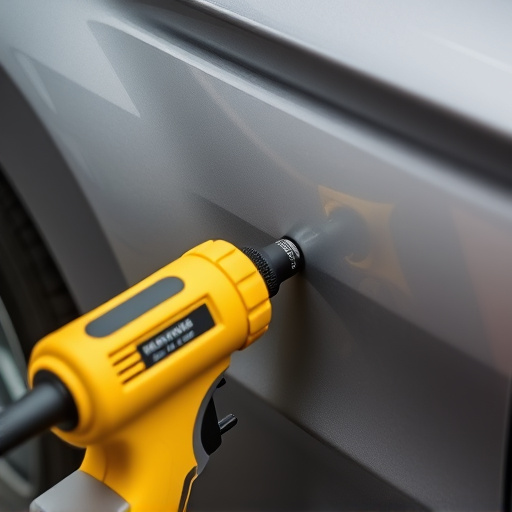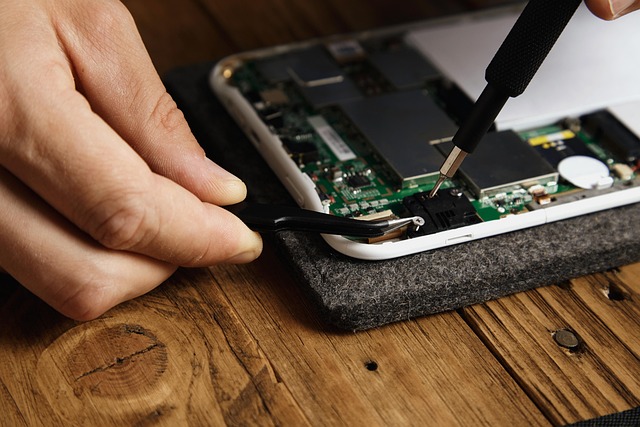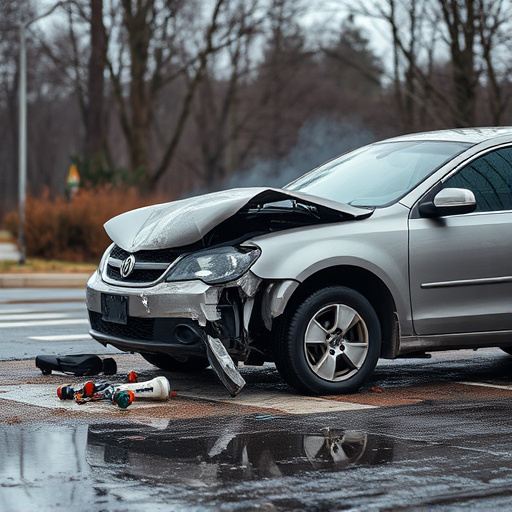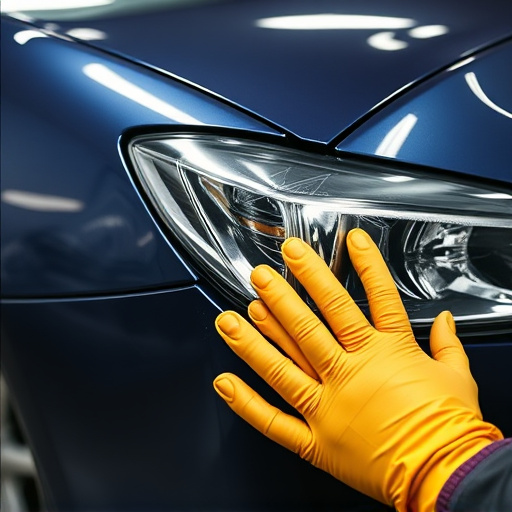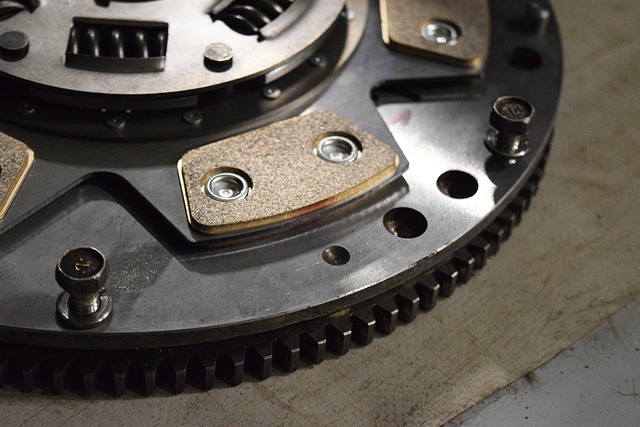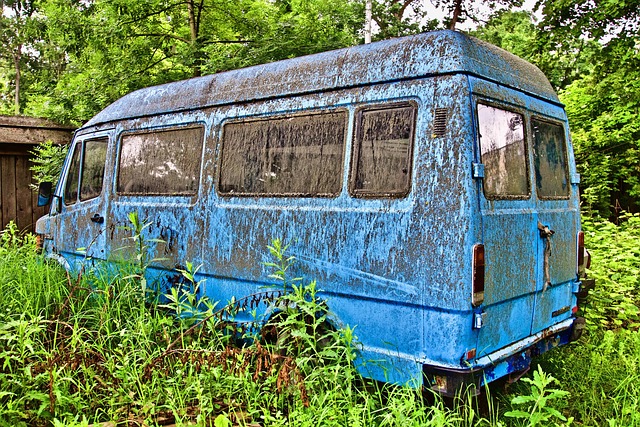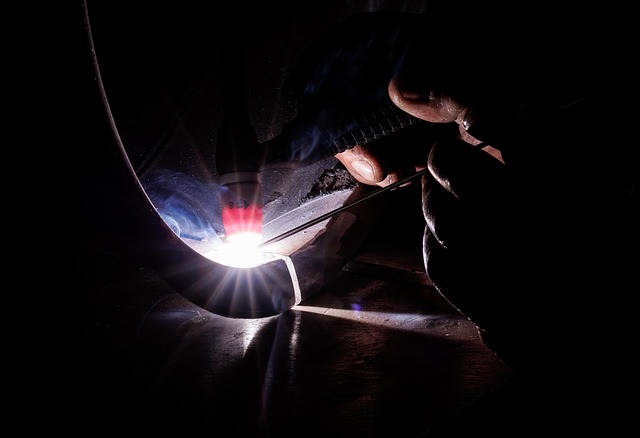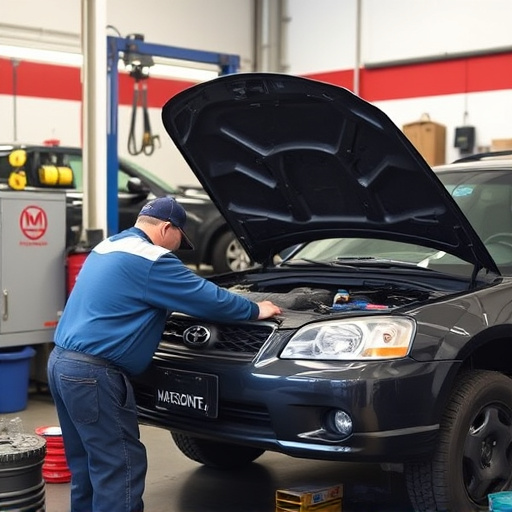Despite modern alternatives, acoustic glass repair remains a valuable option for preserving original structure, enhancing safety, promoting sustainability by reducing waste, and offering cost savings over replacements, especially for minor damage, making it an eco-friendly, effective, and economical choice in today's automotive sector.
Is acoustic glass repair still a worthwhile endeavor in today’s market? With modern alternatives readily available, it’s essential to weigh the benefits against potential savings. This article explores whether repairing damaged acoustic glass is cost-effective or if new technologies offer superior solutions. Additionally, we delve into the environmental implications, presenting a greener approach that could transform the industry. By considering these factors, you’ll gain insights into making informed decisions regarding acoustic glass repair.
- Modern Alternatives: Are There Better Options?
- Cost-Effectiveness: Weighing Repair vs. Replacement
- Environmental Impact: A Greener Approach
Modern Alternatives: Are There Better Options?
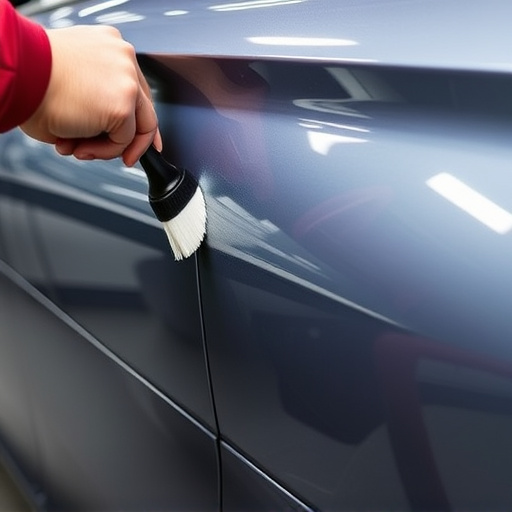
In today’s world, where technology advances at a rapid pace, one might wonder if traditional methods like acoustic glass repair still hold their ground. While acoustic glass repair has long been a go-to solution for fixing cracked or chipped windows, it’s essential to consider modern alternatives that offer faster, more efficient, and sometimes even eco-friendly options. Despite the appeal of these new approaches, acoustic glass repair remains a viable choice for several reasons.
One of the primary advantages is its ability to preserve the original integrity of the glass, which can be crucial in certain applications like automotive repair or tire services where precision and safety are paramount. Moreover, for those who value sustainability, traditional acoustic glass repair methods often involve less waste generation compared to some newer processes, such as car dent removal techniques. While modern solutions like advanced sealing compounds and digital restoration tools have their merits, acoustic glass repair continues to be a reliable option that strikes a balance between quality, cost-effectiveness, and environmental considerations.
Cost-Effectiveness: Weighing Repair vs. Replacement
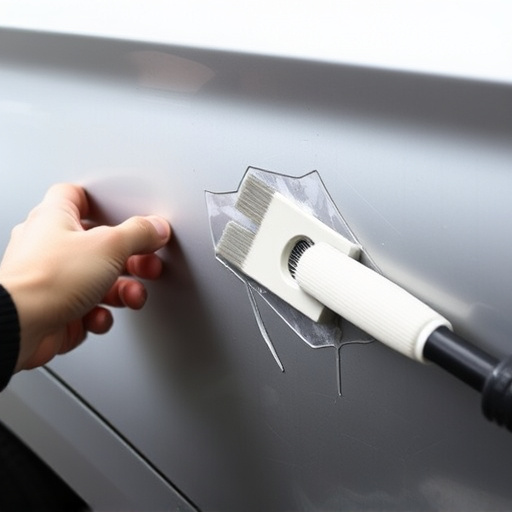
When considering acoustic glass repair versus replacement, cost-effectiveness is a primary concern for many. Acoustic glass, often used in car windows and windshields due to its soundproofing properties, can be expensive to replace outright. Especially in vehicles with advanced or specialized sound systems, the cost of new glass may not align with the overall value of the vehicle. Repairs, on the other hand, offer a more budget-friendly solution. A skilled technician can restore the integrity and acoustic performance of the glass for a fraction of the price of replacement.
While replacement might seem like the quicker fix, repairs provide a sustainable option that can extend the life of your vehicle’s glass. In many cases, particularly with minor cracks or chips, fender repair techniques are highly effective in restoring both visual appeal and acoustic functionality. This is especially relevant when considering car body restoration projects where preserving original components can significantly impact overall costs compared to complete replacements, mirroring benefits seen in car scratch repair scenarios as well.
Environmental Impact: A Greener Approach
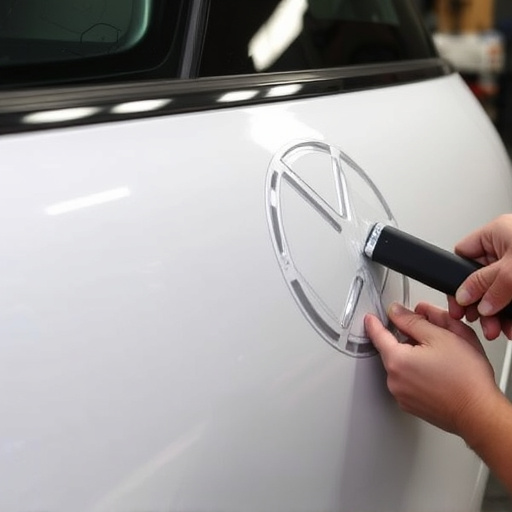
In today’s eco-conscious world, the environmental impact of various industries is a significant concern. The traditional method of vehicle collision repair, often involving extensive welding and paintwork, generates considerable waste and emissions. This raises questions about the sustainability of such practices, especially when considering the long-term health of our planet. Acoustic glass repair offers an intriguing alternative with a reduced carbon footprint. By specializing in repairing cracked or shattered windows, this approach minimizes the need for excessive production and disposal associated with replacement glass.
Instead of focusing on dent removal and vehicle dent repair as a quick fix, acoustic glass repair technicians harness advanced soundwave technology to rejuvenate damaged glass. This innovative technique not only cuts down on waste but also saves valuable resources. By promoting the reuse and restoration of glass, it aligns with greener practices in the automotive sector, ensuring a more sustainable future while effectively addressing cosmetic issues without excessive vehicle collision repair methods.
While modern alternatives to acoustic glass repair continuously evolve, considering the environmental impact and cost-effectiveness, traditional repair methods remain a worthwhile option. Acoustic glass repair provides a sustainable approach by extending the lifespan of existing glass, reducing waste, and lowering carbon footprints. Despite potential higher upfront costs, the long-term savings and positive ecological benefits make it a compelling choice for those seeking to preserve historical or uniquely designed windows. Therefore, before opting for replacement, exploring acoustic glass repair could be a sensible step towards a greener future.

